Yates Account
Join now
Create a Yates account today!
Sign up to join the Yates Garden Club for monthly e-mails packed with seasonal inspiration, tips for success & exclusive promotions.
Plus if you’re a Garden Club member you can take part in the Yates Growing Community - a blog to share successes, get advice & win prizes in fun challenges along the way!

Forgot password
Enter the email address associated with your account, and we'll email you a new password.

After a long cold winter, gardens begin to wake up…before you know it, they become a riot of fresh new foliage and flowers. It’s the perfect time of year to start your garden. But you have so many cool-looking choices of things to grow; where do you start?
Read on for our tips on how to get into it, to get the most out of spring!
Vegies and Herbs
With vegies, there are different schools of thought about what to grow. Some gardeners aim to grow as many of their own vegies as they can, so they go for old-faithful favourites. Other gardeners choose to grow unique vegies that they can’t find in the supermarket, or vegies that are always expensive to buy. We find a combination of the vegies you and your family enjoy and eat often, plus the interesting new vegies you’d like to try out works really well.
Whichever strategy you adopt, the vegies that come out of your own garden are always going to be fresher and tastier than store-bought. You’ll get a sensational reminder every time you munch a tomato straight from the vine, or crunch on a carrot you’ve just pulled.
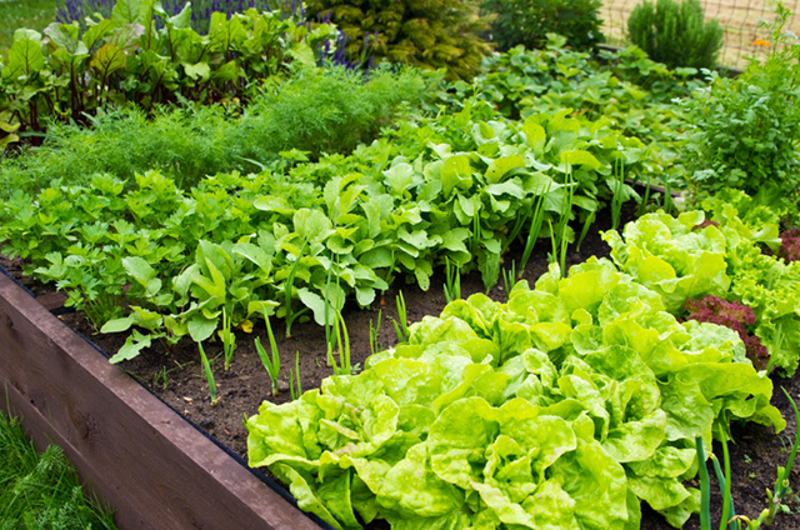
There are some fundamental things to think about to start a vegie garden. If you consider these things before you begin, you’ll be well on the way to tasty vegies.
Site & Layout
Choosing your site is important. The garden needs to be open and sunny because vegies really need sunlight to thrive. Morning sun is best; vegies will need a minimum of 4-5 hours of direct sun a day. Shelter from the prevailing wind is also important – you can create good windbreaks by using trellis to reduce wind velocity. If you have the space, make beds with skinny paths between them, so you can reach right into the bed from each side. If you’re starting out, begin with a manageable area of garden (any more than about 50m2 and it can be a handful to look after. Ease into it).
Crop rotation
Switching around your planting locations after every season keeps your garden soil in great condition and reduces disease risk. If you plan ahead, you can set yourself up for the next few years. The old-school way of doing this still works really well; vegies can be classified into 3 groups of plants with roughly similar needs. So, if you divide your vegie garden into 3 sections (or beds), it’s easy to circulate vegies around every season to a new spot. If you grow them in the right order, you can even get the old crop to semi-prepare the soil for the new crop. For example, if you follow ‘brassica’ vegetables with ‘root’ vegetables, the brassica crop will deplete the nitrogen in the soil, which is just the way the root crop likes it! The different groups (in order of succession) are:
Bed 1. Legumes and Friends
Includes peas, beans and broad beans; they make their own nitrogen (N), so they don’t need much extra. They also really appreciate added phosphorus (P) and potassium (K).
The legume ‘friends’ include lettuce, tomatoes, capsicums, spinach, sweetcorn, silverbeet, spring onions, onions, garlic, leeks and celery. Legume friends prefer plenty of nitrogen in their fertiliser, plus generous amounts of compost and organic matter before planting.
Bed 2. Brassicas
This group includes cabbage, bok choy, broccoli, cauliflower, radish, kohl rabi and Brussels sprouts. They’re heavy feeders that like plenty of nitrogen in their fertiliser, plus generous amounts of compost and organic matter before planting.
Bed 3. Root Vegies
This group includes carrots, parsnips, turnips and swedes. These guys don’t like too much nitrogen but benefit from additional phosphorus and potassium fertiliser. In fact, if you’re too generous with nitrogen it can make them grow mis-shaped and forked; you can get away without adding nitrogen at all if you’re following on from a brassica crop.
The root group also includes tubers and rhizomes like potato, kūmara, ginger, yams (oca) and turmeric. Tubers and rhizomes like to be fed with a balanced fertiliser, containing all of the NPK macronutrients (don’t overdo the nitrogen though, they may end up putting all their energy into growing leaves, not juicy tubers). Note that beetroot prefers to be treated like this second group, as it’s slightly more tolerant of nitrogen than the ‘proper’ roots.
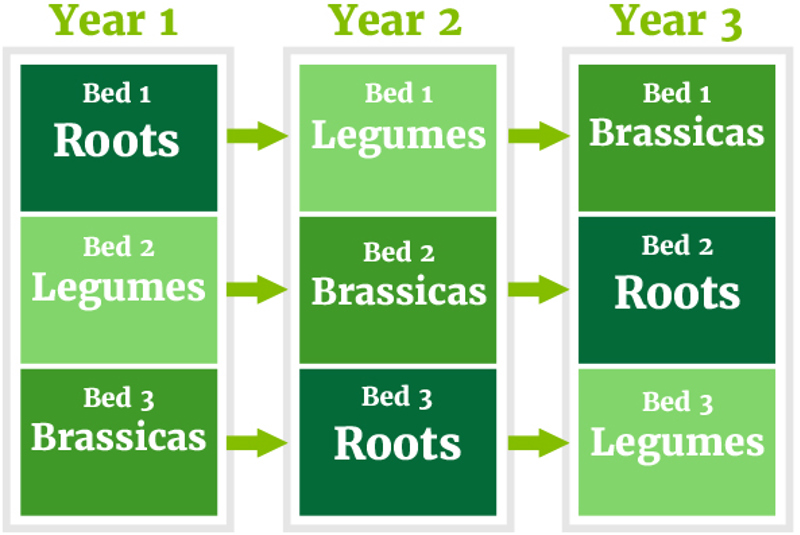
Soil Health
Having healthy soil is really important for vegie gardening. Plants need soil microbes to break down their food for them – when you fertilise, the micro-organisms around plant roots process it into a form that the plant can absorb. So, you don’t want sterile soil, you want it teeming with microbes! Happy soil microbes keep your vegies well-nourished and thriving. When you’re sowing or planting in your vegie patch, improve the soil biota with some generous handfuls of Yates Dynamic Lifter fertiliser. Your microbes will love you!
Soil Preparation
- Plant roots and beneficial microbes need access to oxygen. Burrowing earthworms help aerate the soil, allowing more air (and oxygen) to reach plant roots. Organic materials decompose in well-aerated soil, so they need to be renewed from time to time, especially in gardens that are continually cultivated.
- Heavy clay soils are easily compacted, which stops oxygen from penetrating and discourages ‘good’ microbes. Clay soils especially benefit from added organic matter, which improves soil structure by binding clay particles into crumbs; this allows better air and water movement.
- You can also make a permanent improvement in soil texture by adding coarse sand to clay soils. Spread the sand to a depth of 5–8 cm, then dig well into the topsoil to a depth of 15–20 cm.
- Gypsum added to clay soil will help the soil to function more effectively. Add gypsum at a rate of about 0.5–1 kg per square metre of soil. Watch out though: the crumb structures of clay and clay loam are destroyed if they are dug when too wet; this can catastrophically compact the soil. Allow the soil to dry out a bit before digging.
- When cultivating any soil, only dig the topsoil: don’t dig deep enough to bring subsoil (especially clay) to the surface.
- You can short-cut this laborious process by putting in raised beds and filling them with a good garden mix.
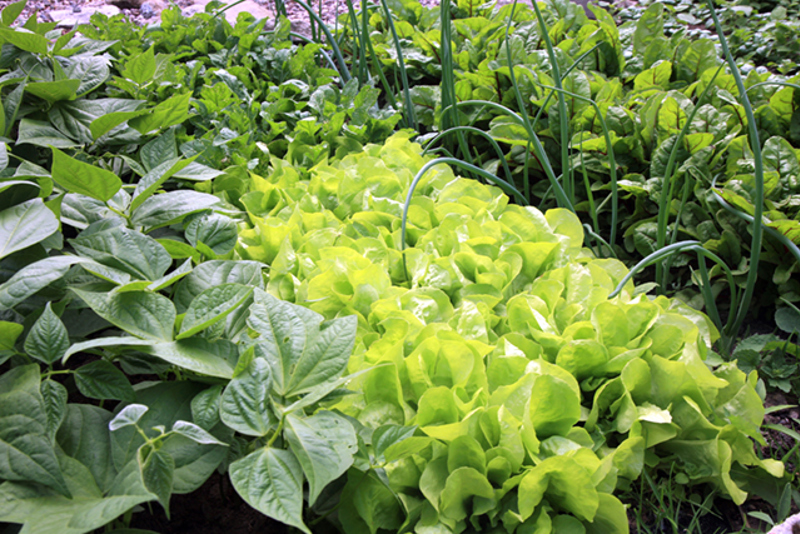
As for what vegies to grow: if you love salads, then growing your own lettuce, baby leaf spinach, basil and rocket will create a crisp and zingy blend. Add in some home-grown tomatoes for juicy sweetness and you have a mind-blowingly good meal. Dwarf cherry tomatoes and salad greens are ideal for growing in either the vegie patch or pots, so you don't need to have backyard space to grow them.
Other spring edible favourites include cucumbers, zucchinis, pumpkin, beans, sweetcorn and capsicum. Cucumber and climbing beans can be grown up a wire trellis, so they take up very little horizontal room and zucchinis really make the most of vegie patch space, producing abundant fruit over many weeks.
When you get to harvesting stage, don’t stop picking! If you leave any vegies like beans, peas, zucchini and cucumber on the plant after they’ve ripened, the plant will stop producing new fruits. Even if you're harvesting more than you need, keep picking to keep your vegie plants in top gear.
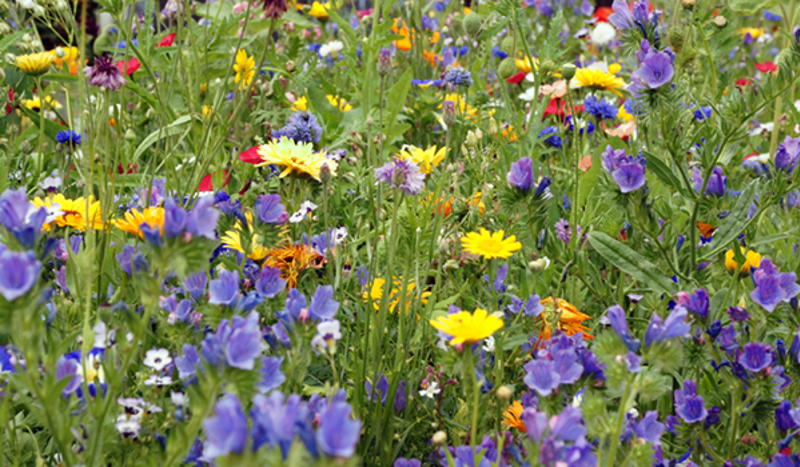
Flowers
- What about flowers? We can never have enough beautiful blooms to fill our outdoor spaces with splashes of colour. Easy and quick flowers to grow in spring include petunias, cosmos, marigolds, sunflowers, alyssum, nasturtiums and zinnas. Pick your favourite colour palette, whether it's soft pastels or warm and bright tones and choose flower types for the space you have. Compact flowers for small spaces and pots, or taller growing flowers for the back of garden beds and against fences.
- Wildflowers are incredibly easy to sow and care for - simply clear a patch of soil, sprinkle the seed and rake in gently. Yates wildflower mixes will self-seed and bloom in a constantly evolving display through the year. There’s an added bonus: most of our favourite vegetables rely on insects to pollinate them. Native bees, honeybees, flies, hoverflies, butterflies and moths all adore wildflowers and if you can attract them into your garden, you are creating a mutually beneficial gardening relationship. In fact, the more diversity you can create in your garden, the healthier your plants will be (because the pollinators always bring their little friends along; hungry predators of the pest insects that plague your plants).
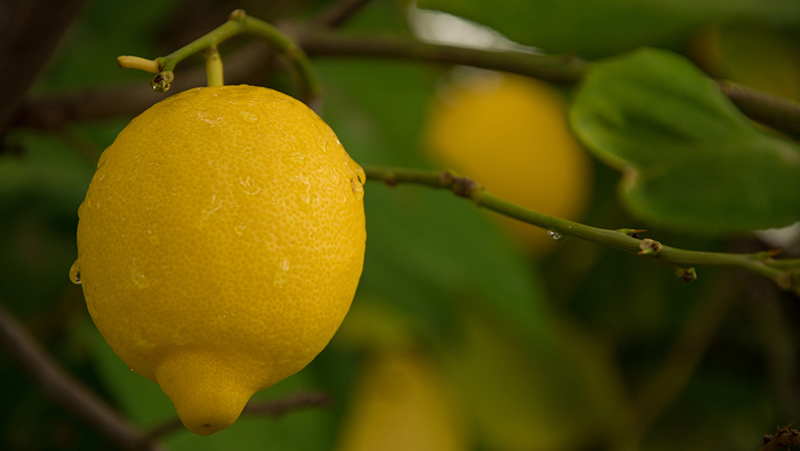
Fruit
- Never buy a lemon again! Spring is the perfect opportunity to plant a lemon tree at your place, or other delicious citrus like mandarins, oranges and limes. It will take 2-3 years for good harvests to start, but then you're set! Choose your sunniest spot, in well-drained soil, to grow citrus and look for dwarf varieties that don't take up too much room.
- Strawberries are great for beginner gardeners. Start with small potted strawberry plants from your local garden centre, transplant into troughs or window boxes filled with Yates Premium Potting Mix and place in a warm sunny spot. Keep the potting mix moist and feed every 1-2 weeks with Yates Thrive Strawberry & Berry Fruit Liquid Plant Food to promote healthy leaf growth and lots of flowers and fruit.

Trees & Shrubs
- Spring's mild conditions are perfect for planting a new tree, shrub or climber. Plan ahead and match the plant's final size with the space you have (otherwise you'll be continually having to prune) and think about how you can take advantage of its best attributes, including colourful flowers, autumnal foliage, summer shade, covering a bare wall or screening a less than desirable view.
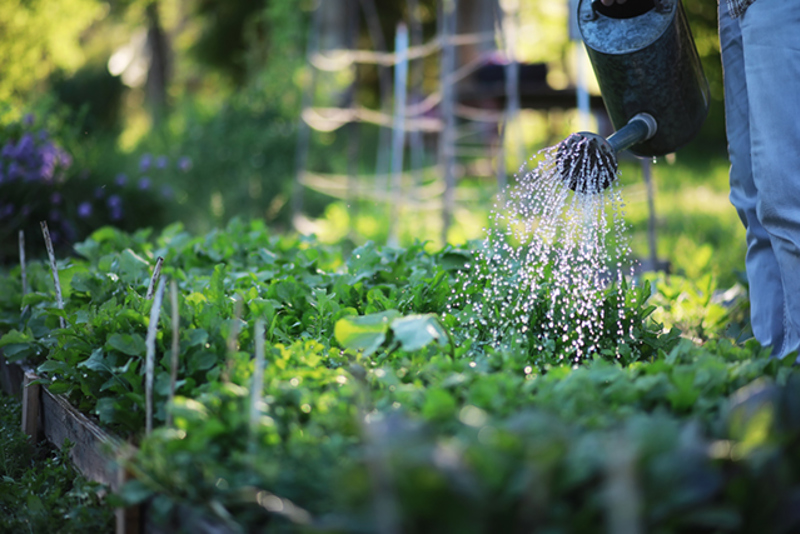
Feeding & Watering Basics
- Once plants are well-watered, plants can only grow to their healthiest best when they have access to enough of the right nutrients. The easiest way to ensure plants are well fed is by regularly applying a Yates Thrive fertilliser. There's a Yates Thrive fertiliser to suit the most popular types of plants, including citrus and fruit, roses and flowers, vegies and herbs and indoor plants. Follow the directions for use on the fertiliser label and apply at the recommended rate and reapplication timing for the best growth results. During spring, plants will be growing rapidly, and feeding them regularly will help promote healthy growth, masses and blooms and a more abundant harvest.
- Your indoor plants need feeding too, which is as simple as inserting a Yates Thrive Plant Food Spike - Plants & Ferns into the potting mix. There's no mixing or measuring and the spikes feed plants for up to two months. Easy feeding!
Pruning & Trimming
- Give hedges a light trim to create a lovely crisp look. For less formal hedges and shrubs, prune back any untidy, wayward or dead stems. For flowering shrubs and perennials, delay trimming until flowering has finished.
- For flowering annuals, regularly remove spent flower heads to help prolong the blooming season.
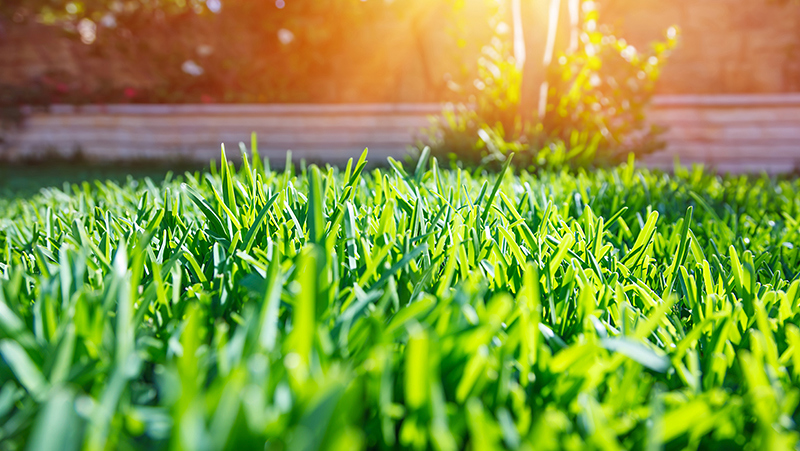
Lawn Care
- Bare patches in the lawn not only look unsightly, they’re a magnet for weeds. Repair bare lawn spots by oversowing with lawn seed. Rake the bare area to loosen the soil, scatter over some Yates Tuff Grass and gently rake the seed into the surface. Keep the patch moist as the new seed germinates and establishes.
- Create crisp lawn edges with a line trimmer or lawn edging tool.
- A well-fed lawn will be greener, thicker and healthier. Give your lawn a quick and easy green up with Yates Quarterly Lawn Fertiliser, which provides sustained feeding for 12 weeks.
- When weeds sneak in, they can be controlled with quick spot sprays of ready to use Yates Turfix.
- If you've seen signs of bare patches and chewing damage caused by porina, you can fix it with Yates Lawn Grub & Porina Kill + Protect. This clever new product controls a wide range of subsoil lawn pests, providing up to 6 months protection.
Weed Control
- Weeds not only spoil the look of your garden, they also steal water and nutrients and can harbour pests and diseases. Weeds need to go!
- Get rid of interlopers in the garden with Yates Zero Rapid ready-to-use - you'll see visible results within 1 hour.
Pest & Disease Control
- Prolific spring growth can unfortunately play host to several common pests and diseases, all resulting in poor plant health. There's no need for your plants to suffer! Aphids are small sap sucking insects that can be brown, green, yellow or black, that like to feast on tender new leaves, causing yellowing and distortion. Caterpillars are chewing pests that eat through leaves, stems and into flower buds.
- Common diseases in spring include powdery mildew, which appears as a dusting of white spots on leaves, stems and flower buds. Black spot is a disease that attacks roses, causing leaves to yellow and develop black spots.
- It's easy to control pests and diseases on ornamental (non-edible) plants with Yates Rose Gun. It contains a dual combination of an insecticide and fungicide to control the most common insects and diseases on roses and other flowers.
- For edible plants, including fruit trees and vegetables, Yates Nature's Way Fruit & Vegie Gun controls a range of common sucking and chewing insects, including aphids and caterpillars. To control common diseases on edible plants, such as leaf spots and mildews, Yates Nature's Way Fungus Spray contains an effective combination of two fungicides.

Start (or expand) Your Indoor Plant Collection
- Indoor plants will also enjoy spring's wonderful growing conditions and produce a flush of fresh new foliage.
- Head into your local garden centre and choose some new indoor plant babies while they're looking their spring best. Maidenhair ferns and moth orchids will enjoy a humid bathroom, Devil's ivy is a hardy choice for cascading down shelves and it's hard to go past a peace lily for a lush table or bench display. Don't forget to pick up a bag of Yates Gnat Barrier too! It's an attractive way to top off potting mix and it keeps fungus gnats out of your pots.
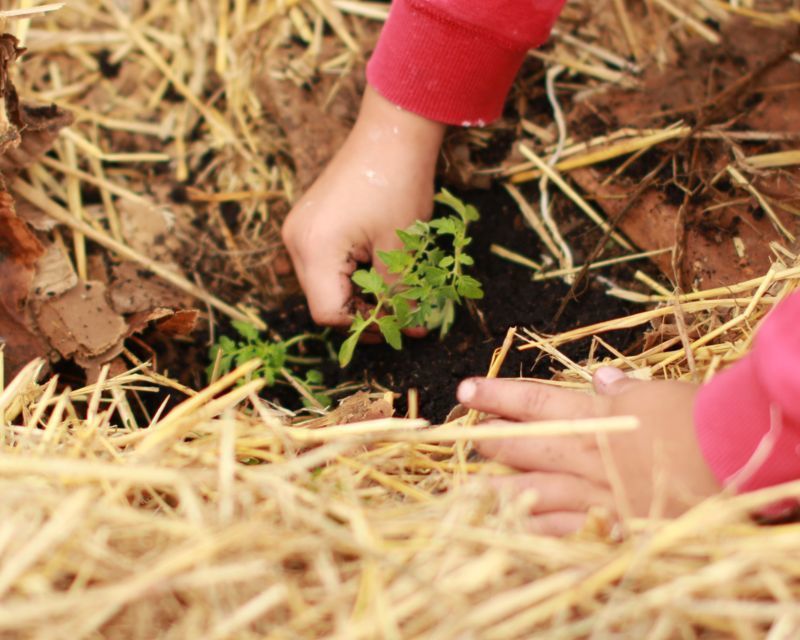
General Maintenance
- Applying mulch around garden beds and vegie patches gives the garden a finished, cohesive look, but also reduces weed growth and helps keep the soil moist and protected. Organic mulches such as bark chips and straw will also break down over time, adding valuable organic matter to the soil.
- Check your hoses and irrigation systems for cracks, leaks and blockages that may have developed over winter. As temperatures rise, your garden will need regular watering.















Share
Share this article on social media